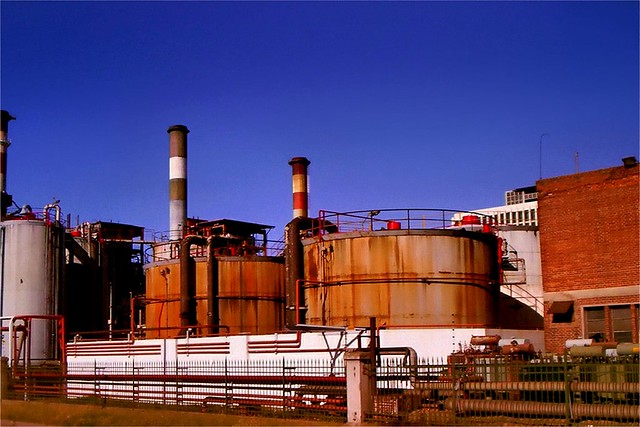Steel Pipe and Tube: Manufacturing, Characteristics, Advantages, an

d Selection Guide
Introduction:
Steel pipes and tubes are key components in various industries due to their durability, strength, and versatility. In this article, we will explore the manufacturing process of steel pipe/tube, its characteristics, advantages over other materials like alloys or metals-based pipes/tubes.
Manufacturing Process:
Steel pipe/ tube is made using two primary methods: seamless and welded. In the seamless method, a solid steel billet is heated to a high temperatur Profile e and then pierced through with a mandrel to create a hollow tube. On the other hand, welded pipes/tubes are formed by rolling a flat plate into a cylindrical shape and welding it along the seam.
Characteristics:
1. Strength: Steel Metal pipe/tube pipes/tubes exhibit exceptional strength properties making them suitable for demanding applications.
2. Corrosion Resistance: Stainless steel line pipes offer excellent resistance against corrosion caused by moisture or chemicals.
3. Versatility: Due to their flexibility in size and shape options available (rounds,tu Profile bular squares), they can be used for numerous purposes across industries.
Advantages:
1. Durability: Steel pipes/tubes have long-lasting properties as they can withstand harsh conditions such as extreme temperatures or high pressure spikes.
2. Cost-effective option:Compared to alternatives like alloy Steel Pipe/Tube tubes/pipes or metal tubes/pipes,steel products often provide better value for money without compromising on quality.
3.Excellent Flow Characteristics:The smooth inner wall surface of these tubes m Steel Pipe/Tube inimizes frictional losses during fluid transportation,resulting in efficient flow rates.
Usage Method:
To use steel pipe/ tube effectively,
1.Determine requirements such as size,length,and thickness according to specific application needs
2.Prepare ends of the pipe by cutting,sanding,facing,and chamfering if required
3.Lubricate-fittings should be applied correctly onto threads before attaching them securely
4.Install pipes/tubes closely following the design Steel Pipe/Tube specifications & engineering standards.
How to Select Steel Pipe/Tube:
1. Consider Application and Requirements
– Determine the purpose of the pipe/tube (e.g., transportation of fluids, structural support), and relevant factors such as temperature, pressure,and corrosion potential should be assessed.
2. Material Alloy tube/pipe Grade
– Evaluate different steel grades available in terms of their composition,stress tolerance,resistance against corrosion or extreme conditions.
3.Size and Dimensions
– Choose an appropriate size with correct wall thickness based on a Steel Pipe/Tube pplication requirements to ensure optimal performance.
4.Quality Certification: Look for internationally recognized certifications from reputable manufacturers that comply with industry standards(e.g.,ASTM A53/A106 for seamless tubes)
Conclusion:
Steel pipes and tubes are essential components used across various industries due to their durability, strength,and versatility. The manufacturing process includes both seamless and welded methods. With its exceptional characteristics like strength, corro

sion resistance, Stainless steel line cost-effectiveness,same as flow fluency,steel pipe/ tube offers numerous advantages over alloy/metal-based alternatives.Thus,it becomes crucial to consider specific application needs,default quality certifications&engineering recommendations while selecting the most suitable steel pipe or tube product.



